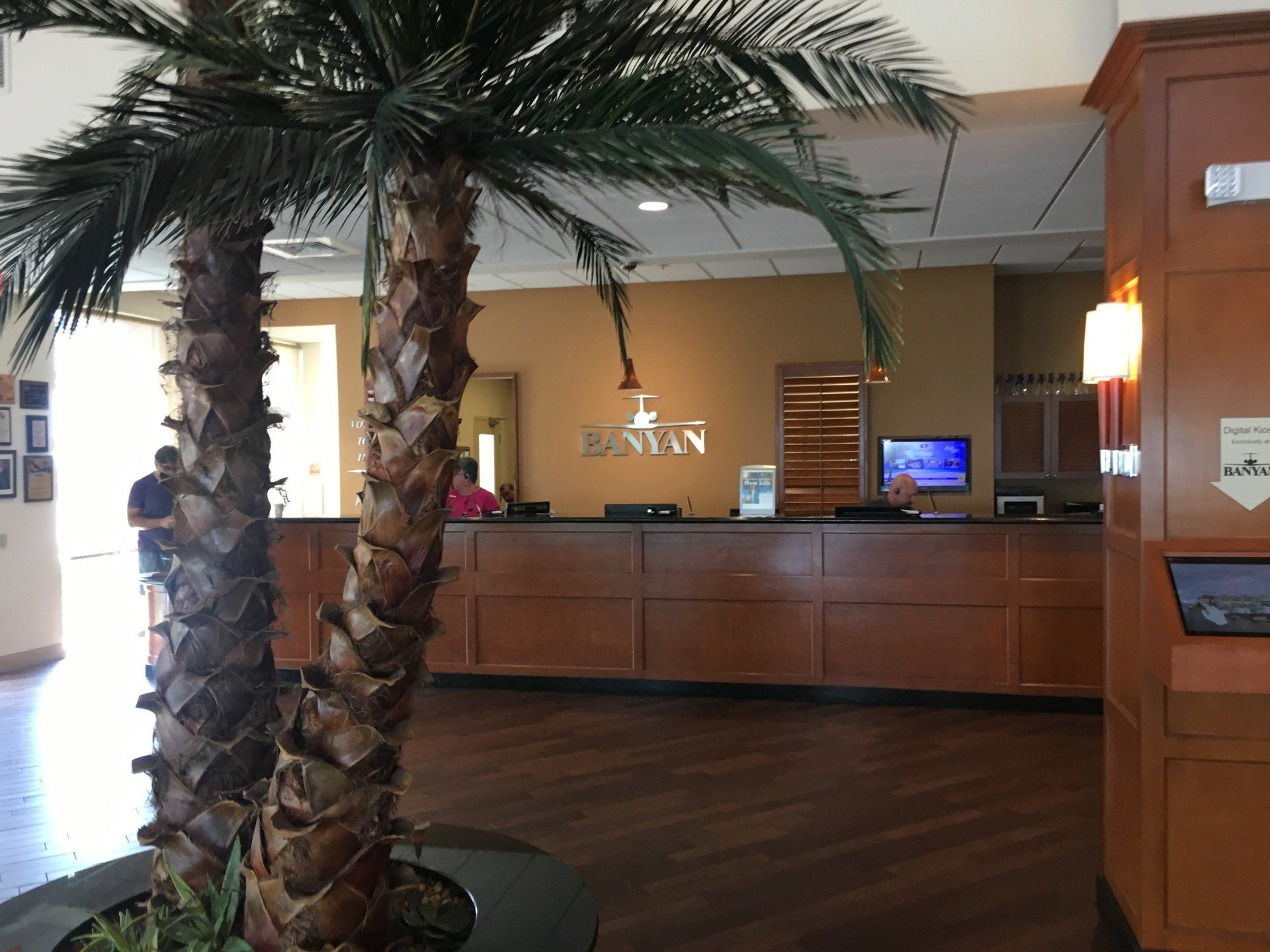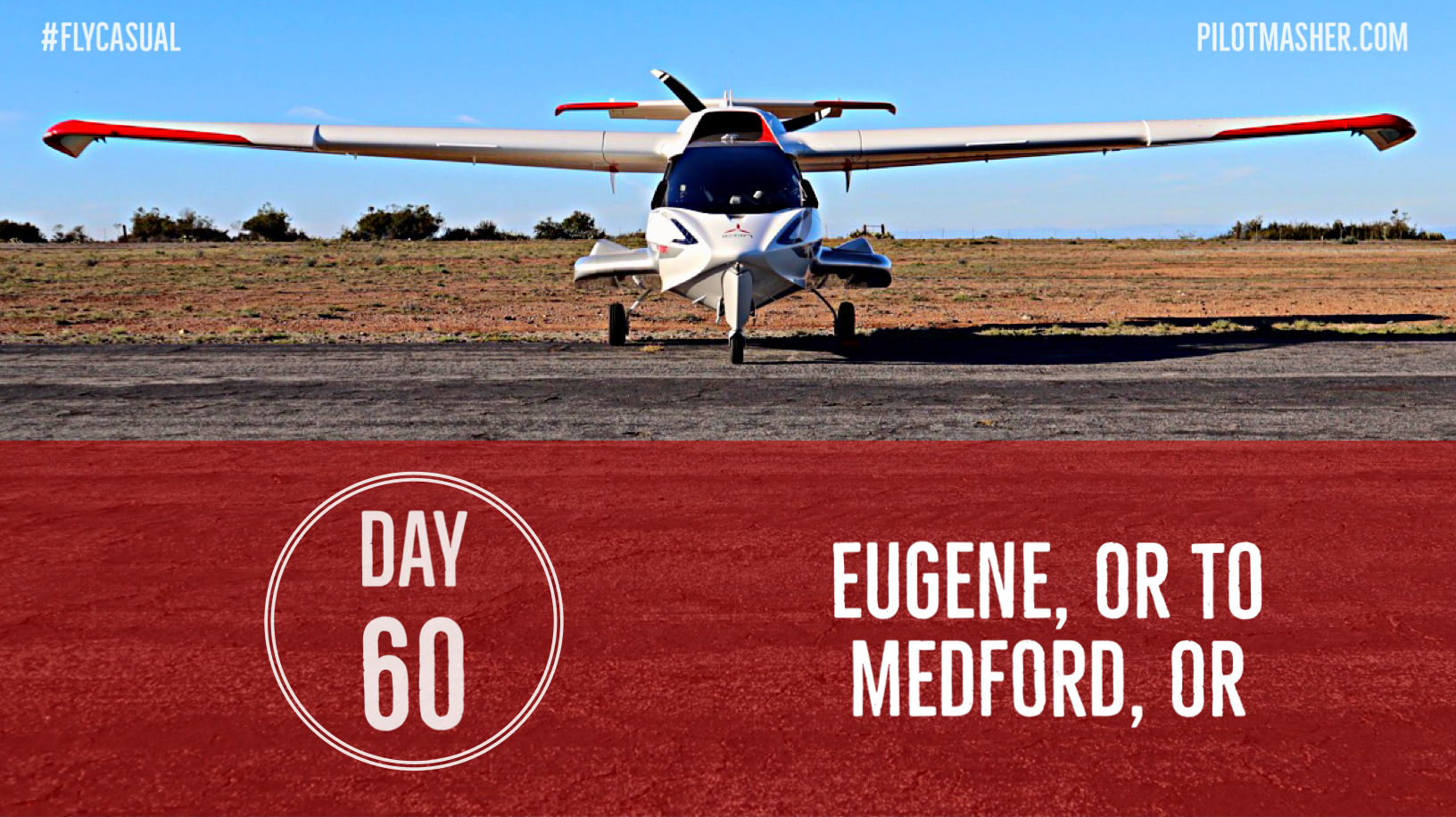Day 14 - Key West to Jacksonville
Tony Cacciarelli • June 28, 2020
Original Instagram Post
Just a heads up - lots of pictures of clouds today.
It was definitely the right move getting out of Key West today and not waiting another day. The clouds were already starting to build as I got to the airport at 7:30am and it was looking like I’d be bucking a headwind all the way up the Keys.
By the time I made it to Miami there were some major storm clouds sitting along the coastline. That meant going inland and flying around the storm at a safe distance. It probably added another 30 minutes to my flight, which then also changed my planned fuel stop.
After getting fuel, I figured out a new path up to Jacksonville. The coastline was pretty clear and I started picking up a tailwind, so I was able to make good time for the rest of the trip.
I did fly over (well, next to) the Kennedy Space Center. Wish I’d been able to be in the air for the SpaceX launch the other day! I also flew over Daytona airport and the Daytona International Speedway, which are right next to each other. I guess neither one will complain about the noise!
Tomorrow it’ll be a relatively quick flight over to Hilton Head Island, SC then up to Wilmington, NC on Sunday and Kitty Hawk on Monday. I’m excited to land at the First Flight airport. What do you think Orville and Wilbur would make of the ICON A5?
😀👍🏼
Departing out of Key West there was a military flight coming into the Naval Air Station so I got sent out and around north of them. As I was cruising along I realized there's a small restricted area northeast of the NAS. It's a surveillance balloon tethered to the ground that goes up to 14,000 feet. I had to quickly navigate around that and then over to the eastern side of the Keys for my flight back up the coast.
I did have a moment during this leg where I went on a rant to no one about the GoPro cameras. I was still fighting to try and get them to record consistently and had missed some great footage due to them failing. At one point I think my plan was to record my rant directly onto one of the cameras and then proceed to throw it in the ocean. If someone found it they'd have the whole story of how it got there. I ended up not doing that and got back to focusing on the weather.
I flew the entire length of Florida's east coast on this day. It was a long day and another example of on-the-fly decision making and re-planning. I had a receiver in the plane that showed weather updates directly onto the GPS navigation display, which made it easier to know what was going on all the way up the coast.
Before this technology was available I would've had to rely on air traffic control or flight service to give me weather updates. While these all work just fine, there's also another way to figure out the weather - look out the window! All the technology in the world can't beat seeing with your own eyes. I used a combination of all of these methods on this flight to dodge around the various storms.
It got a little tricky as I came back through Opa-Locka's airspace. There were a lot of aircraft all trying to maneuver around the storms, so things were getting bunched up and the controllers were even busier than normal. This is where having that previous knowledge of the airspace came in handy again. I was able to figure out a way around the storms, through Opa-Locka's airspace and up to Fort Lauderdale Executive airport (KFXE) all while avoiding the Miami Class B and Fort Lauderdale Class C airspaces. It's good that Florida doesn't have any mountains!
I did my fuel stop at Banyan Air Service at KFXE. I'd seen this FBO before on a few YouTube videos. It's a really
nice FBO. I felt kind of underdressed and grubby after sweating it out coming up from Key West, but the office and ramp staff treated me like I'd flow in on a Citation jet and I was quickly on my way with full fuel and a cold water.
My final stop, after a little more cloud-dodging, was Jacksonville Executive Airport at Craig (KCRG). While the FBO wasn't as plush as Banyan, the staff there were every bit as helpful and nice.
I think there were only one or two FBOs I stopped at where I would say the service wasn't excellent - and even then people were always at least helpful.
I'll say again how vital this network of businesses is for general aviation. As I'm writing this recap in June of 2020, the airline industry is trying to get back on its feet after having pretty much shut down for 3 months. With Covid-19 cases still increasing in the US at this time, the thought of cramming onto a commercial plane with a couple hundred other people isn't something I'm comfortable doing yet - social distancing or not. I feel like airline travel needs to move away from the big hub-and-spoke model and back to smaller planes making shorter, more frequent hops. This is where having a strong network of smaller airports is so important, not just for airline travel but for emergency operations and critical response.
I really hope we don't lose this truly unique asset to our country. There's nothing like it anywhere else in the world, but once it's gone we can never get it back.





















